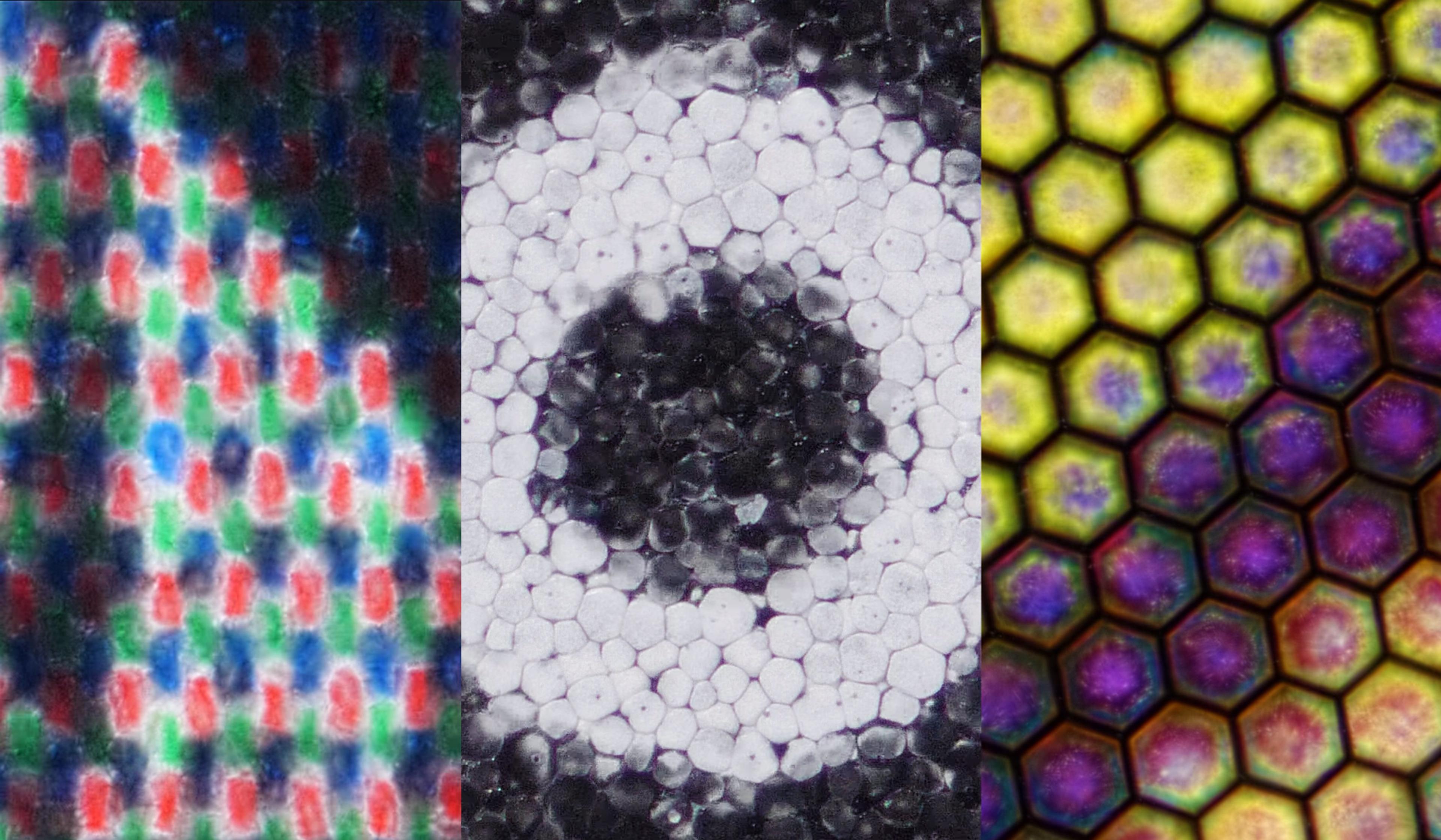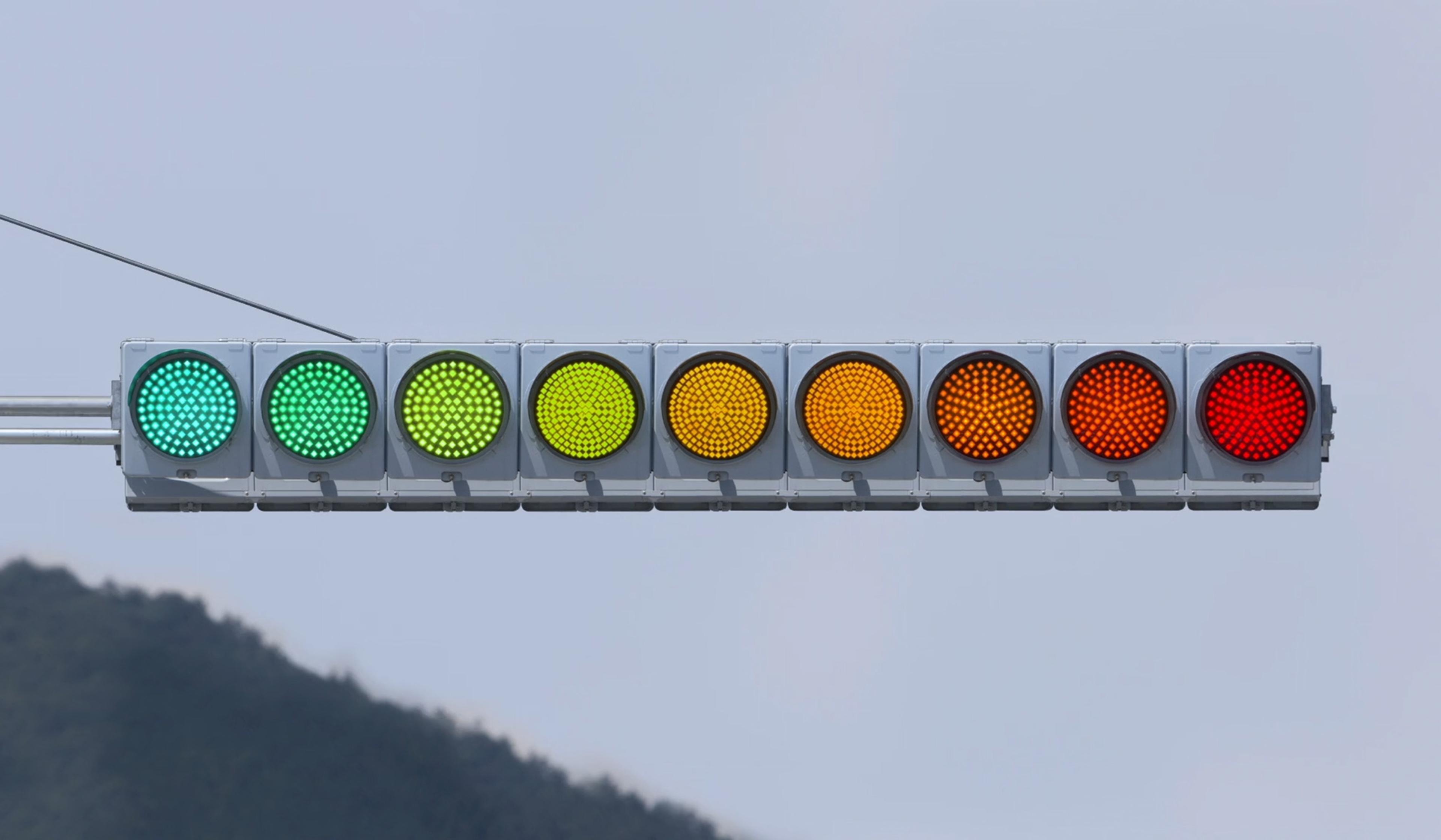It’s likely that you’ve glanced at a seven-segment display thousands of times in your life without knowing what it was called, or even giving the design much thought at all. First invented in 1903 to help increase the speed of telegraph transmissions, in the 1970s the display began to appear on household devices, and persists on a great many household items today – even in the age of high resolution. In this video essay, the Dutch filmmaker, photographer and artist Michiel de Boer offers a surprisingly fascinating dive into the history and design of segmented displays, which, designed to overcome technical limitations, exist at the intersection of form and function. In doing so, De Boer also dives into his lifelong quest to build a better segmented display than the ‘double square’ design that has become ubiquitous.
The mundane becomes mesmerising in this deep dive into segmented displays
Video by Posy

videoEngineering
A close-up look at electronic paper reveals its exquisite patterns – and limitations
9 minutes

videoFilm and visual culture
Our world has very different contours when a millimetre is blown up to a full screen
8 minutes

videoMathematics
Delight as the hard-edged world melts into a full-rainbow spectrum of reality
2 minutes

videoComputing and artificial intelligence
A jazzy 1972 history of the computer, from the designers Charles and Ray Eames
10 minutes

videoHome
Why one of our simplest designs – the light bulb – is also one of our best
2 minutes

videoInformation and communication
An animation built from road signs is a whirlwind study of flash communication
2 minutes

videoInformation and communication
Mapping data visualisation’s meteoric rise from Victorian London to today
6 minutes

videoHistory of technology
Remarkable historical footage is locked behind paywalls. It’s time to set it free
4 minutes

videoInformation and communication
A classic film on communication finds renewed meaning in the age of memes and emojis
22 minutes